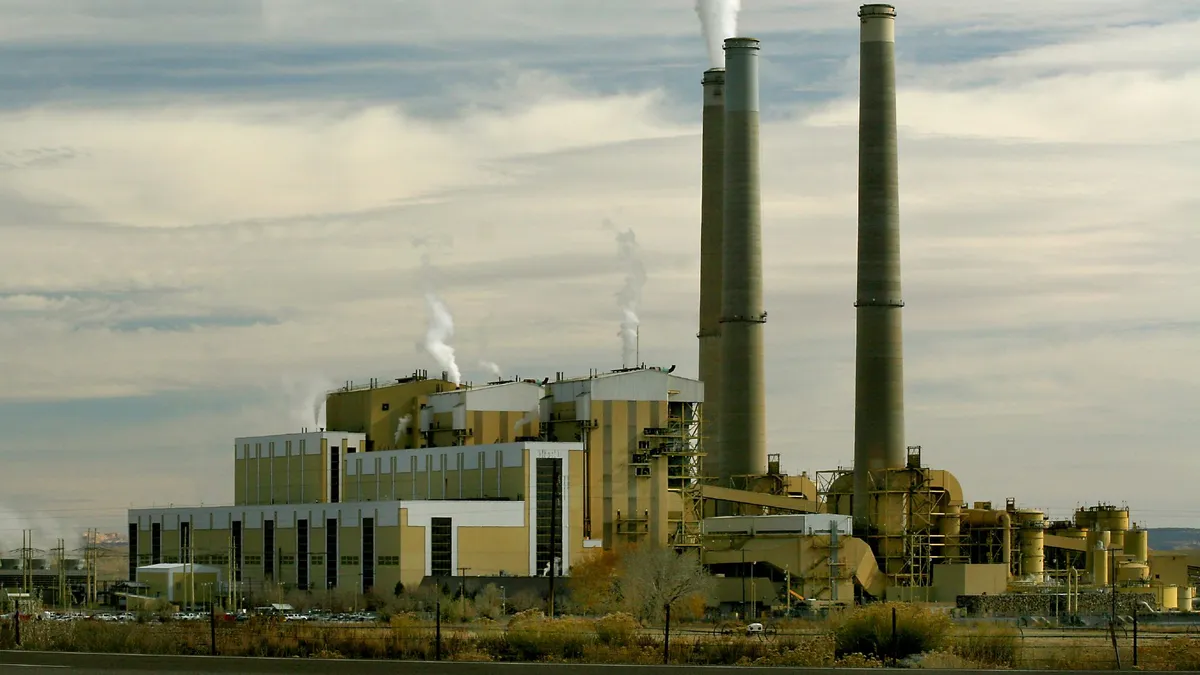Dive Brief:
- PacifiCorp continued to model coal retirement scenarios since it updated its coal fleet economic analysis in April, and anticipates approximately 2,000 MW of coal-fired generation will be retired over the next decade.
- The utility narrowed its preference to five scenarios that include early coal retirements, new transmission and wind and solar resources, as part of its integrated resource plan (IRP). Last week, PacifiCorp revealed a potential portfolio that it said would save customers $599 million over 20 years.
- Each of the five scenarios assumes PacifiCorp's Units 1 and 2 at the Naughton plant retire at the end of 2025, and include a range of retirement assumptions for Jim Bridger units, all of which are located in Wyoming.
Dive Insight:
The gist of PacifiCorp's IRP is already known, officials say; the company is now determining the timing and staging of coal retirements. But while the plan is becoming clearer, more work remains before a final IRP is put forth next month.
In a presentation for the stakeholder meeting last week, the utility said 30 "cases" have been updated over the summer, including additional cases requested by stakeholders, and more will be developed this month. For the five cases having the lowest system present value revenue requirement, PacifiCorp said it "has performed more granular reliability analysis... and incremental analysis to evaluate solar+battery resource options.
Most of PacifiCorp's coal units will reach the end of their depreciable lives sometime over the next 20 years, but generation could start being mothballed as soon as 2022, when new renewables are expected online.
"The addition of new renewable resources picks up beyond 2022," the utility said in the stakeholder presentation.
Through 2038, PacifiCorp says total new renewable capacity ranges between 8,411 MW and 10,711 MW. New battery capacity ranges between 3,099 MW and 4,558 MW.
PacifiCorp, a subsidiary of Berkshire Hathaway, expects to file its final long-term plan with state regulators on Oct. 18. In 2018, the company's analysis showed 13 of its 22 coal units are more expensive than alternative options, including renewable energy. The utility is planning to release a draft preferred portfolio on Oct. 3.














